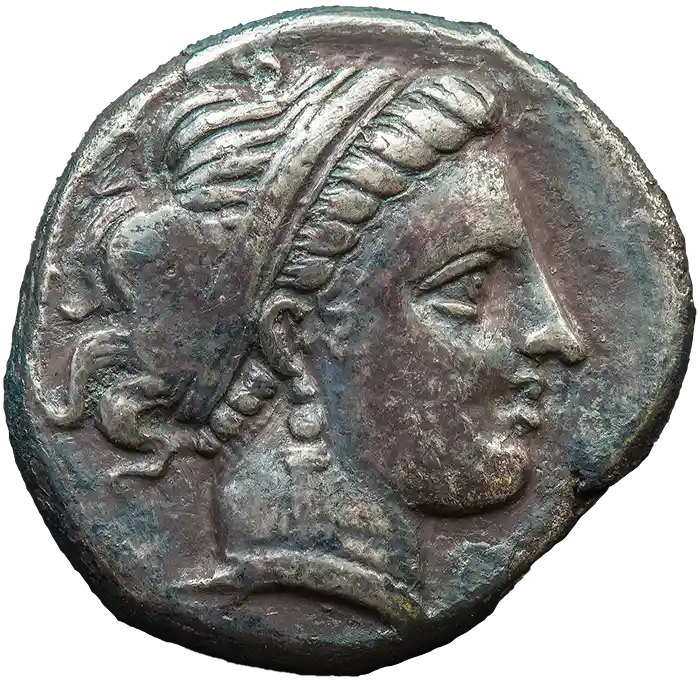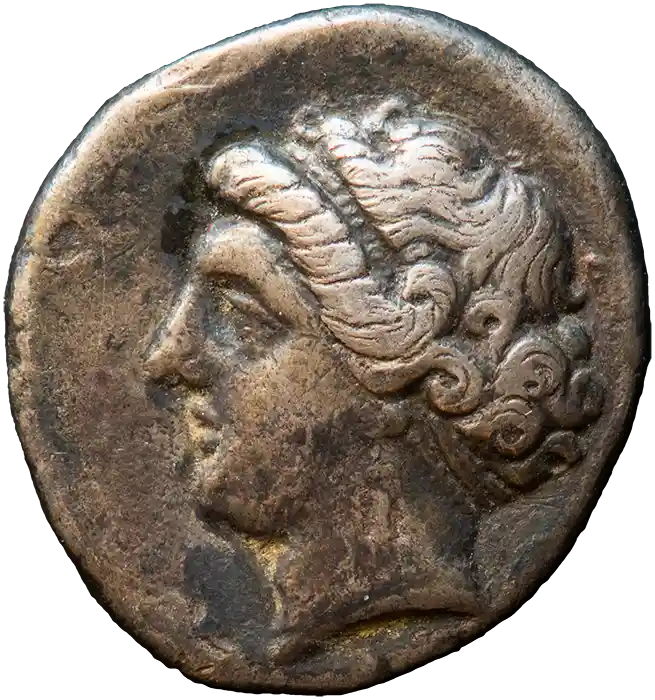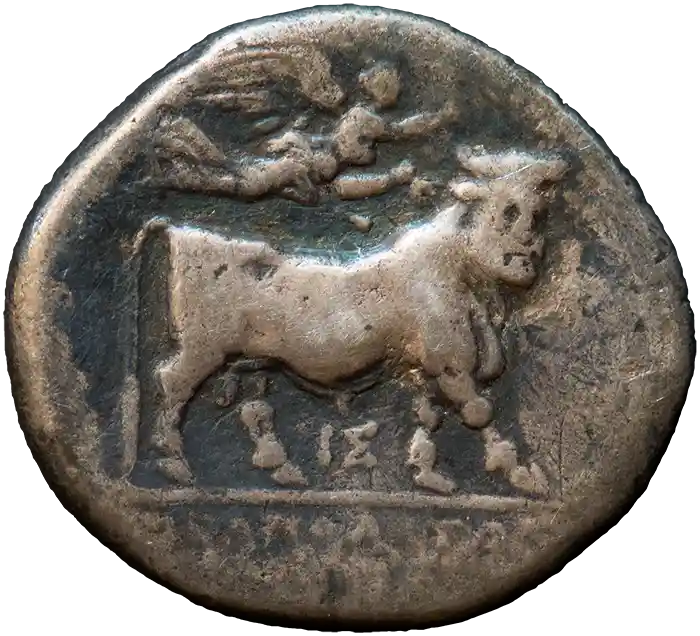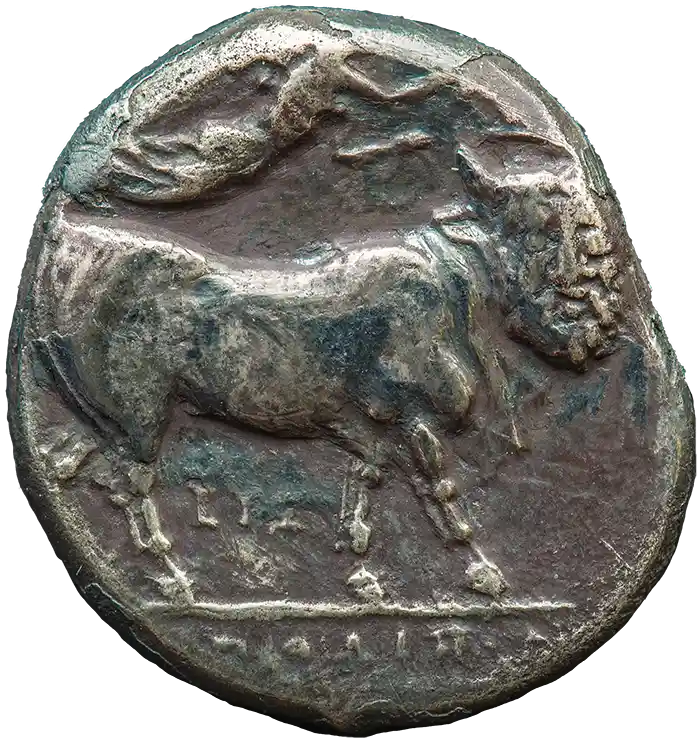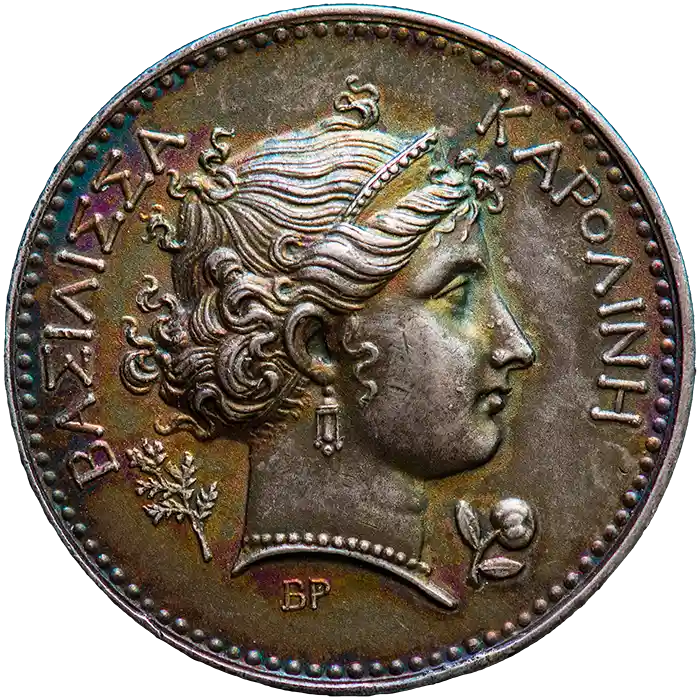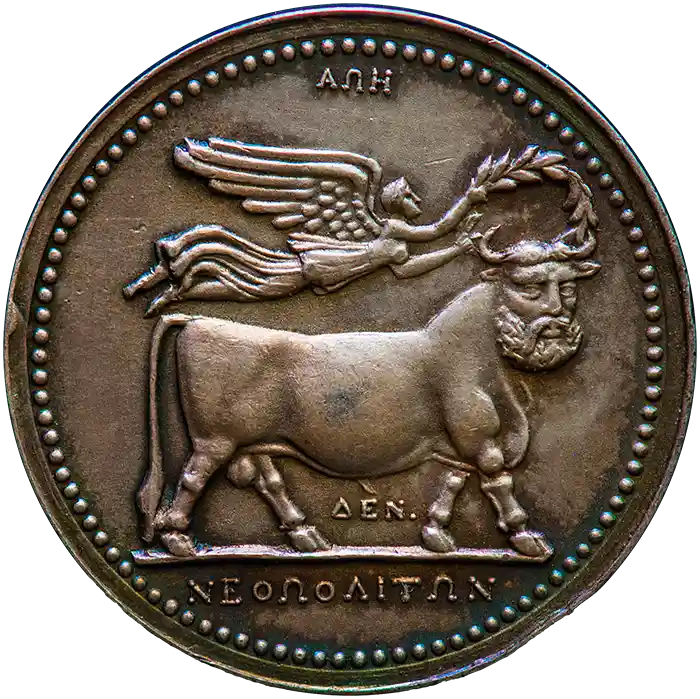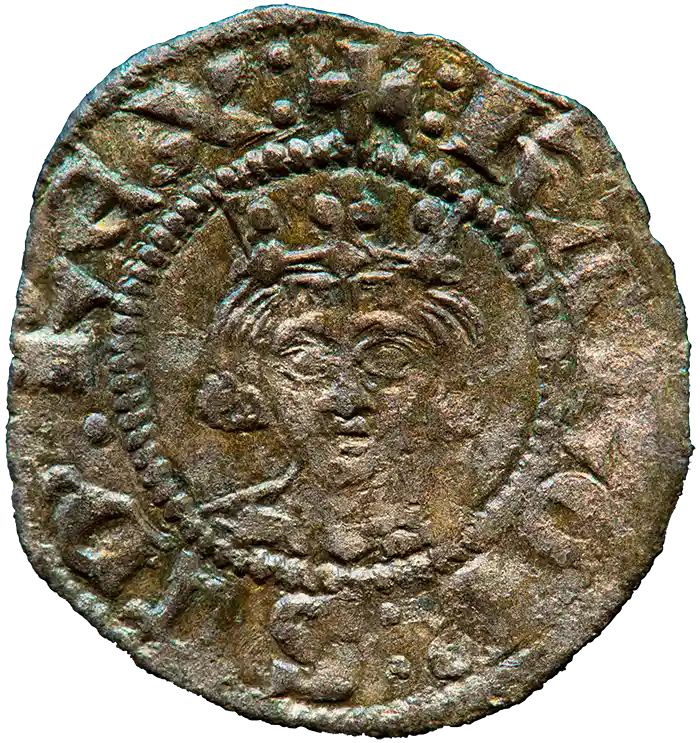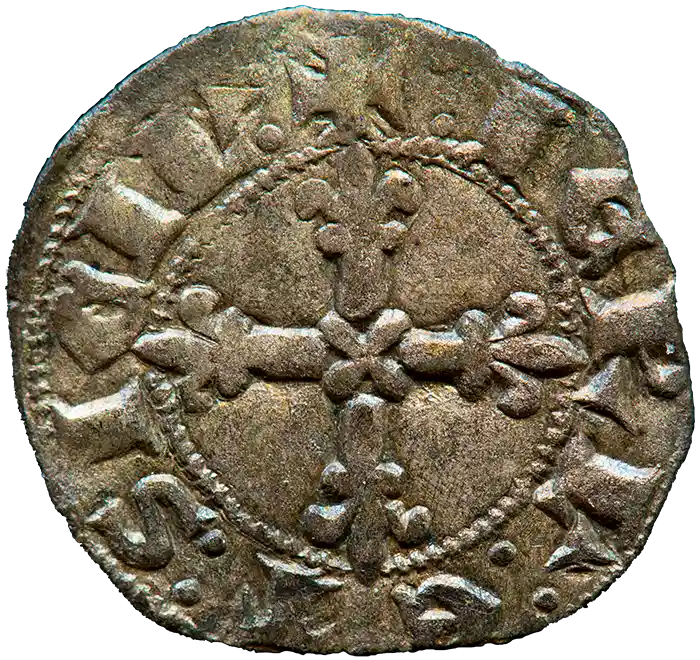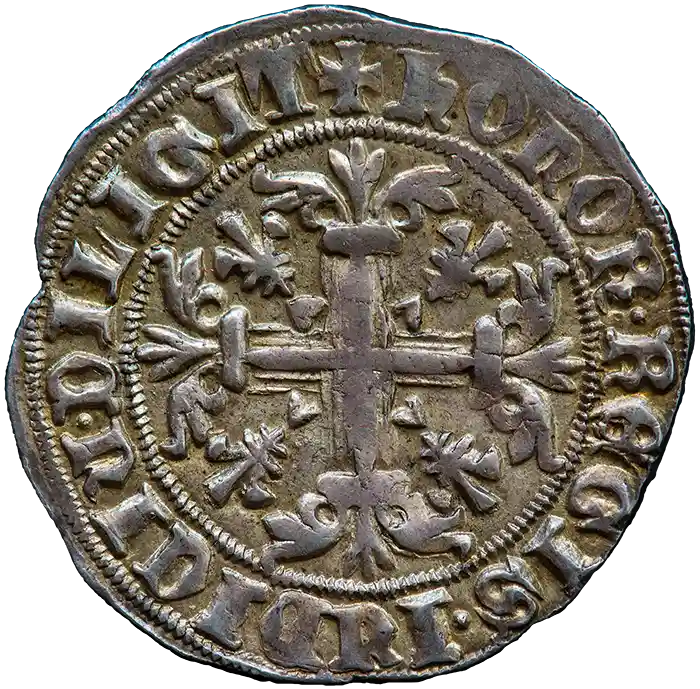CAMPANIA, Neapolis AR Drachm (Half Nomos)
- - - - - - - - - - - - - - - - - - - - - - -
While didrachms from Neapolis are ubiquitous, drachms are much rarer, with just around 20 specimens on ACSearch as of today. This one, despite being a bit worn, is unusually complete and struck on a large flan, preserving all the main features.
- - - - - - - - - - - - - - - - - - - - - - -
Parthenope (Ancient Greek: Παρθενόπη) was one of the sirens in Greek mythology. Her name means 'maiden-voiced' from parthenos (παρθένος, meaning fig. 'maiden/virgin') and ops (ὄψ, meaning 'appearance').
According to legend, Neapolis was founded by the siren Parthenope, who, according to Hesiod, was the daughter of Phorcus, while other sources indicate that she was sired by Acheloos and Terra or by the muse Melpomene.
According to the tradition collected in the Orphic Argonautics (5th century A.D.), the three sirens, Parthenope, Ligea and Leucosia, are beaten in song by Orpheus and in desperation throw themselves into the sea, where they are turned into rocks. In the better known Argonautics by Apollonius Rhodius (3rd century BC), their death is attributed to Odysseus' insensitivity to the malice of their song.
Originally, the three sirens were three maidens, handmaidens of the goddess Persephone and lived in ancient Hipponion (today Vibo Valentia). After the abduction of the goddess by Hades who took her to his kingdom to marry her, the three maidens were turned into sirens by the goddess Demeter for not preventing the abduction of her daughter Persephone.
The three sirens lost their humanity and began to bewitch sailors passing along the Vibonese coastline and then devour them, until they met Ulysses. On that occasion the sirens failed in their intent and committed suicide by throwing themselves into the sea out of frustration.
Their bodies were transported by the sea, so that Ligea ended up in Terina, Leucosia in Posidonia and Parthenope at the mouth of the river Sebeto, where the Cumanians, with the expulsion of the oligarchs in the climate of stasis (discord between factions) under the tyrant Aristodemus, would later found Neapolis.

